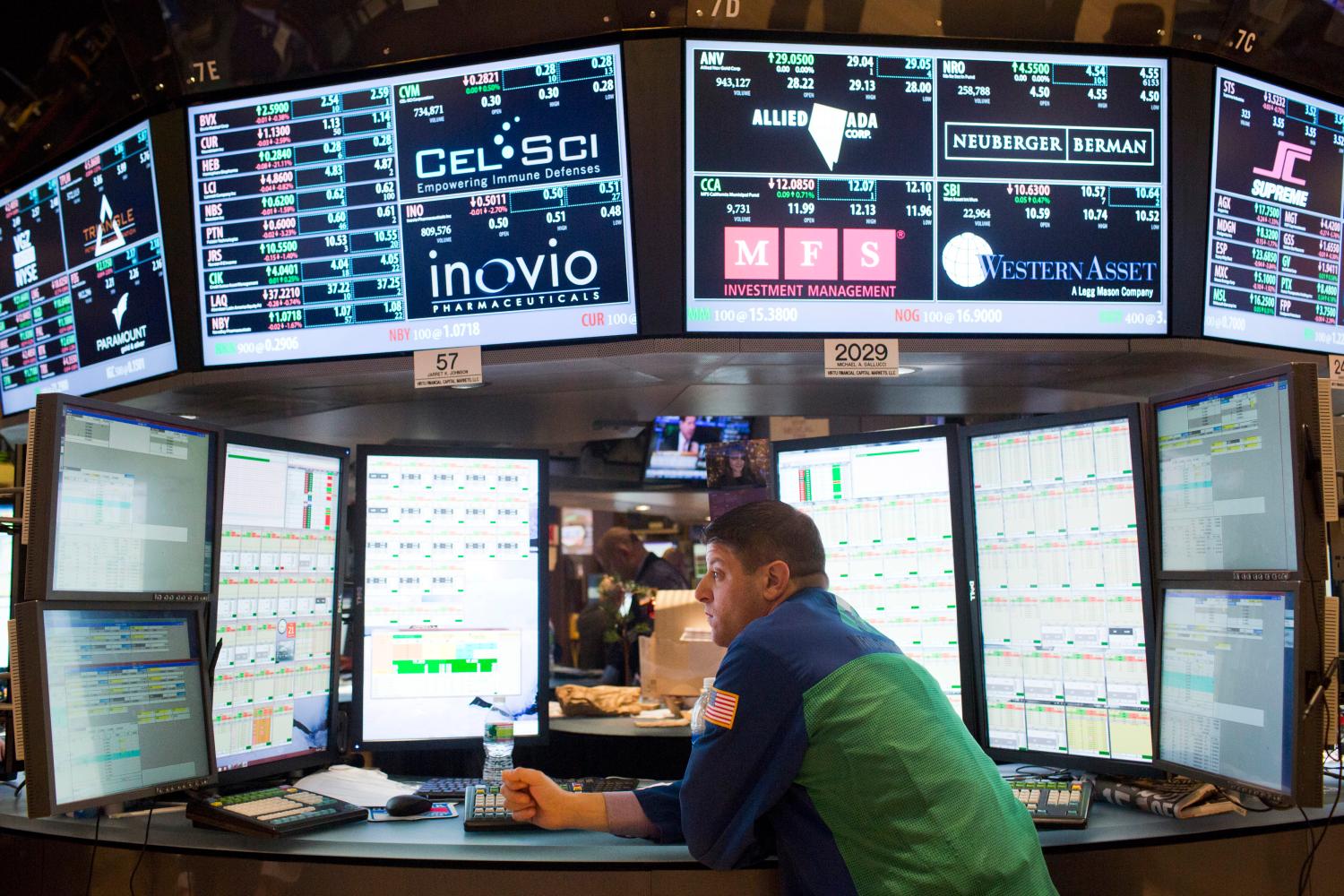Employment continued to improve modestly, unemployment edged down, and wage gains were approximately equal to price inflation in 2012. By the end of the year the recovery from the deep recession in 2008-2009 will be 3½ years old. The health of the job market, like that of the broader economy, is improving at a steady but comparatively slow pace. Jobless workers have seen improvements in their chances of finding a job, but wage and benefit improvements have lagged behind gains in worker productivity.
As was the case in 2011 private employers added payroll jobs at a fast enough clip to reduce the ranks of the unemployed. Part of the employment gain in the private sector was offset by a small drop in government payrolls. Slightly more than 90,000 new jobs are needed every month to keep up with the growth of the working-age population. In the 12 months ending in November 2012 private employers added about 161,000 jobs a month to their payrolls. This is similar to the pace of private-sector job gains in 2011. Small job losses in the public sector offset some of these gains. Fortunately, however, government employment fell more slowly in 2012 than in 2011. Thus, the overall rate of gain in payroll employment was a bit faster in 2012 than in 2011.
On average, total public and private payrolls increased 157,000 a month, which was fast enough to reduce the unemployment rate over the year. Indeed, the unemployment rate dropped 1.0 percentage points, falling from 8.7% to 7.7%, in the twelve months after November 2011. Since reaching a high point of 10.0% in October 2009, the unemployment rate has fallen nearly a quarter. Although the pace of the recovery has been slow, the unemployment rate has declined steadily. The number of adults who report holding a job increased faster than the number of payroll jobs reported by employers. Whereas payrolls increased a little less than 160,000 a month, the number of adults who report being employed increased about 220,000 a month in the twelve months through November 2012. Whichever estimate of job gain is accepted as accurate, it is clear that employment is expanding fast enough to reduce the unemployment rate, though slowly.
The labor force participation rate – that is, the percentage of the adult population that either holds a job or is looking for work – fell 0.4 percentage points to 63.6% in the twelve months through November 2012. The November participation rate has now fallen for six years in a row. Between November 2006 and November 2012 the adult participation rate fell 2.7 percentage points.
The continued decline of the participation rate, even in the 3½ years of economic recovery, is an indicator of a continued shortage of job vacancies. Some jobless workers, discouraged by their poor prospects of finding a job, simply drop out of the labor force and are no longer classified as unemployed. Other potential job seekers fail to enter the workforce, though they would have done so in a healthier labor market. The continued weakness of the job market certainly helps explain some of the drop in the participation rate.
It turns out, however, that about half of the drop in the participation rate since November 2006 can be traced to the graying of the population. Adults between 25 and 44 have the highest labor force participation rates, and they are a shrinking percentage of the adult population. People older than 55 have much lower participation rates, and they represent a growing fraction of the population. Thus, even if the economy had been near full employment in 2012 we would expect the adult participation rate to be about 1.3 percentage points lower than it was in 2006.
The current labor market slump has seen record levels of long term unemployment. In November 2012 about 4 out of 10 of the unemployed had been jobless for six months or longer. The median duration of an unemployment spell was 19 weeks. The median unemployment spell has shrunk over the past couple of years, but it remains high by historical standards. In 2010 and 2011 almost 3 percent of the total U.S. workforce was unemployed longer than a year, a historically high long-term unemployment rate. For purposes of comparison, the rate in 2010 and 2011 was more than twice as high as the peak long-term unemployment rate in the 1981-1982 recession, which was the nation’s worst post-war slump before the 2008-2009 downturn.
There are good reasons to worry about long-term unemployment. In the short run, the main focus of concern is the unemployed themselves. The penalties imposed by a recession are very unequal, and the long-term unemployed suffer the heaviest penalties. Unemployment benefits provide very incomplete compensation for the income losses experienced by the long-term unemployed. Economists also worry about the longer term consequences for workers who suffer long periods of idleness. Some of the unemployed eventually exit the workforce, retiring long before their work capacity and willingness to work end. Others find employment, but in positions that are not a good match for their talents and experience. These losses have potential consequences for the broader economy. When workers prematurely exit the workforce or become resigned to jobs far below their capacity, potential output can shrink.
An equally worrying prospect is that the long-term unemployed eventually become invisible to critical decision makers in the economy. This can have undesirable effects for wage determination and inflation. At high levels, unemployment puts a check on wage inflation. Workers become cautious in their wage demands, and employers become more reluctant to grant pay increases. According to an influential theory of economy-wide wage setting, if unemployment rises above a critical threshold, known as the “non-accelerating inflation rate of unemployment” or NAIRU, annual wage increases start to shrink and labor cost pressures on prices begin to decline. By permitting the unemployment rate to rise above the NAIRU, policymakers can reduce inflation.
A critical issue is whether the long-term unemployed have the same weight as the short-term unemployed in restraining inflationary pressures in the economy. The two kinds of unemployed would have the same weight if employers regarded the short-term and long-term unemployed as being equally available to fill any job vacancies. If instead employers do not regard the long-term unemployed as adequate substitutes for newly laid off workers, it is easy to imagine that a 1-percent increase in the long-term unemployment rate would have a smaller restraining influence on wages and prices than an equivalent increase in the overall unemployment rate that is caused solely by an jump in the number of short-term unemployed.
There is also a risk that the long-term unemployed will become invisible in the economic policymaking process. If each American worker faced identical odds of losing a job, and each job loser then suffered an identical spell of unemployment, most workers would probably have keen interest in minimizing both the risk of unemployment and the duration of unemployment spells. In fact, the risk of losing a job varies tremendously across workers, and unemployment spells are highly unequal across workers who become unemployed. The risk of losing one’s job is a matter of small concern to many workers, and the severe problems facing the long-term unemployed are an even smaller concern.
The percentage of employed workers who became unemployed in a typical month averaged about 1.2 percent in 2007, the final year of the last economic expansion. Between October 2008 and September 2009 the monthly probability of entry into unemployment surged more than half, rising to 1.8 percent. During the worst phases of the recent slump most workers were acutely aware of the increased risk of job loss. This gave policymakers a strong base of support for policies to halt the economic slide and provide aid to the workers harmed by it. After the economy began to grow in early 2010 the percentage of workers who entered unemployment in a given month began to fall. By early 2012 the entry rate into unemployment was about one-quarter below the peak rate attained in the worst months of the downturn. Though job loss rates remain a bit higher than they were at end of the last expansion, they are well below their recession peaks. Helping the long-term unemployed may seem like a less urgent concern when an employee’s personal risk of entering into long-term unemployment is low. The long-term unemployed and their problems have a shrinking weight in determining voters’ and politicians’ policy interests.
In sum, the job market continued to improve in 2012, though at a painfully slow pace. Workers chances of losing their job are not much different than was the case near the end of the last economic expansion. The number of job vacancies has increased since the low point of the business cycle, but jobless workers continue to find it hard to land a new job. The number of jobless workers in unemployment spells lasting longer than a year remains high by historical standards. Unfortunately, the extremely large losses in well-being suffered by the long-term unemployed seem to play a shrinking role in economic policymaking. Concern over the deficit, rather than the long-suffering unemployed, has become the central focus of policy.
The Brookings Institution is committed to quality, independence, and impact.
We are supported by a diverse array of funders. In line with our values and policies, each Brookings publication represents the sole views of its author(s).




Commentary
Slow Recovery in the Job Market
December 26, 2012